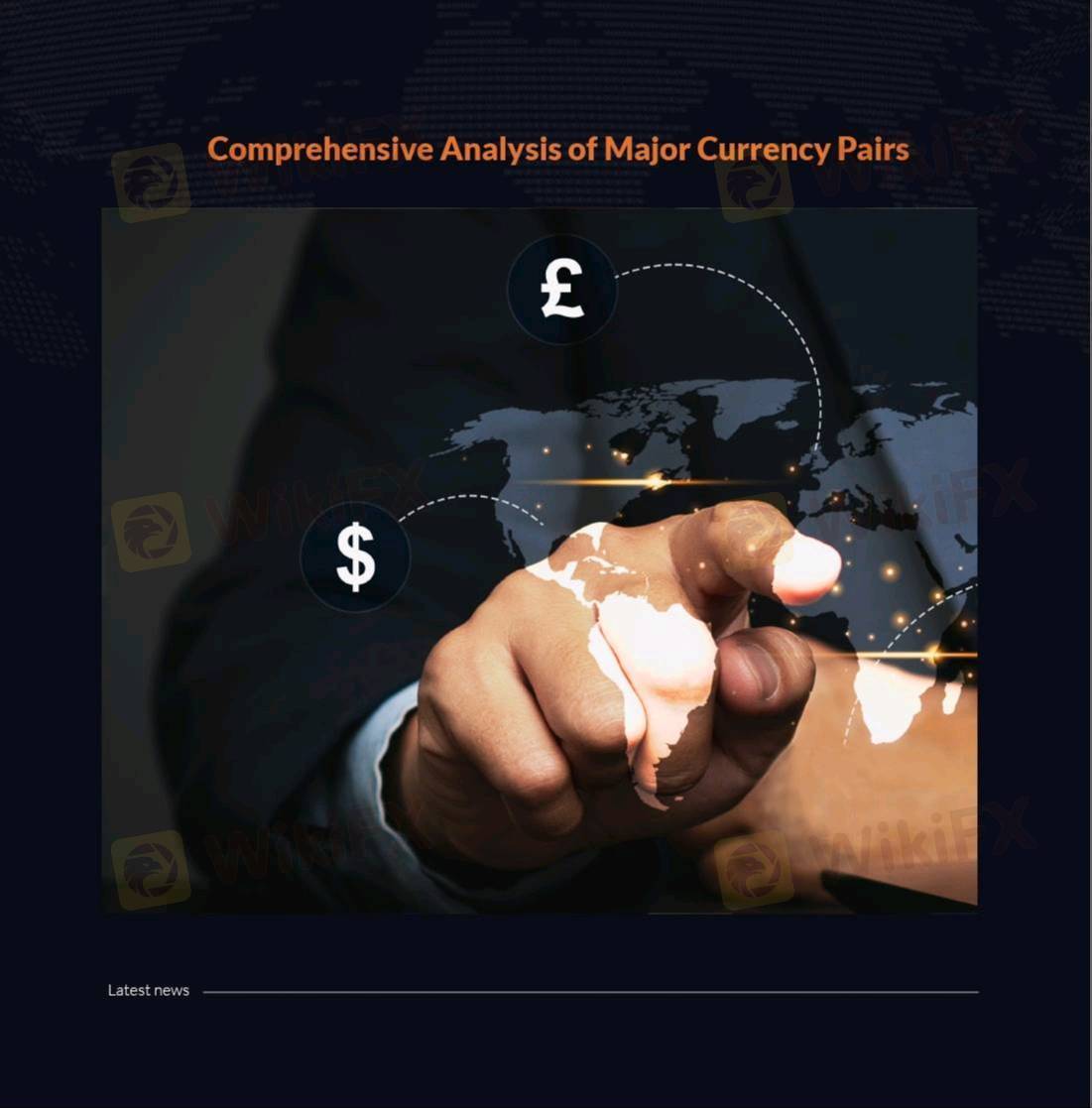
2025-04-28 11:27
IndustryCurrency forecasting using volatilityindexes (VIX)
#CurrencyPairPrediction
Understanding how the Chicago Board Options Exchange Volatility Index (VIX) can inform currency forecasting involves recognizing its role as a barometer of global market risk emanating from equity markets. Although the VIX specifically gauges the anticipated volatility of the S&P 500 index options, its fluctuations often mirror broader investor sentiment and can trigger movements in Forex markets. As an indicator of fear and uncertainty in the stock market, a high VIX typically correlates with increased risk aversion. During such periods, investors tend to gravitate towards perceived safe-haven currencies like the US Dollar, Japanese Yen, and Swiss Franc, bolstering their value.
Conversely, a low VIX generally signals a more tranquil and risk-seeking market environment, which can favor currencies considered riskier, such as those from emerging economies or nations heavily reliant on commodities like the Australian, New Zealand, and Canadian Dollars. Spikes in the VIX can prompt a flight-to-safety, leading to capital outflows from riskier assets and into these safe-haven currencies, irrespective of the immediate economic fundamentals of the involved nations. Moreover, the VIX's influence extends to carry trades; heightened volatility, as indicated by a rising VIX, can lead to the unwinding of these trades, potentially weakening high-yielding currencies and strengthening low-yielding ones.
While the VIX offers valuable insights into overall market sentiment and potential shifts in currency flows driven by risk appetite, it's crucial to acknowledge its limitations as a direct predictor of specific currency pair movements. The Forex market is also heavily influenced by country-specific factors, including central bank policies, economic data releases, and geopolitical events, which can at times overshadow the signals from the VIX. Therefore, a comprehensive approach to currency forecasting typically involves integrating the VIX as a key component of broader fundamental and technical analyses to gain a more nuanced understanding of potential exchange rate dynamics.
Like 0
ben6416
Trader
Hot content
Industry
Event-A comment a day,Keep rewards worthy up to$27
Industry
Nigeria Event Giveaway-Win₦5000 Mobilephone Credit
Industry
Nigeria Event Giveaway-Win ₦2500 MobilePhoneCredit
Industry
South Africa Event-Come&Win 240ZAR Phone Credit
Industry
Nigeria Event-Discuss Forex&Win2500NGN PhoneCredit
Industry
[Nigeria Event]Discuss&win 2500 Naira Phone Credit
Forum category

Platform

Exhibition

Agent

Recruitment

EA

Industry

Market

Index
Currency forecasting using volatilityindexes (VIX)
 Malaysia | 2025-04-28 11:27
Malaysia | 2025-04-28 11:27#CurrencyPairPrediction
Understanding how the Chicago Board Options Exchange Volatility Index (VIX) can inform currency forecasting involves recognizing its role as a barometer of global market risk emanating from equity markets. Although the VIX specifically gauges the anticipated volatility of the S&P 500 index options, its fluctuations often mirror broader investor sentiment and can trigger movements in Forex markets. As an indicator of fear and uncertainty in the stock market, a high VIX typically correlates with increased risk aversion. During such periods, investors tend to gravitate towards perceived safe-haven currencies like the US Dollar, Japanese Yen, and Swiss Franc, bolstering their value.
Conversely, a low VIX generally signals a more tranquil and risk-seeking market environment, which can favor currencies considered riskier, such as those from emerging economies or nations heavily reliant on commodities like the Australian, New Zealand, and Canadian Dollars. Spikes in the VIX can prompt a flight-to-safety, leading to capital outflows from riskier assets and into these safe-haven currencies, irrespective of the immediate economic fundamentals of the involved nations. Moreover, the VIX's influence extends to carry trades; heightened volatility, as indicated by a rising VIX, can lead to the unwinding of these trades, potentially weakening high-yielding currencies and strengthening low-yielding ones.
While the VIX offers valuable insights into overall market sentiment and potential shifts in currency flows driven by risk appetite, it's crucial to acknowledge its limitations as a direct predictor of specific currency pair movements. The Forex market is also heavily influenced by country-specific factors, including central bank policies, economic data releases, and geopolitical events, which can at times overshadow the signals from the VIX. Therefore, a comprehensive approach to currency forecasting typically involves integrating the VIX as a key component of broader fundamental and technical analyses to gain a more nuanced understanding of potential exchange rate dynamics.
Like 0
I want to comment, too
Submit
0Comments

There is no comment yet. Make the first one.

Submit
There is no comment yet. Make the first one.